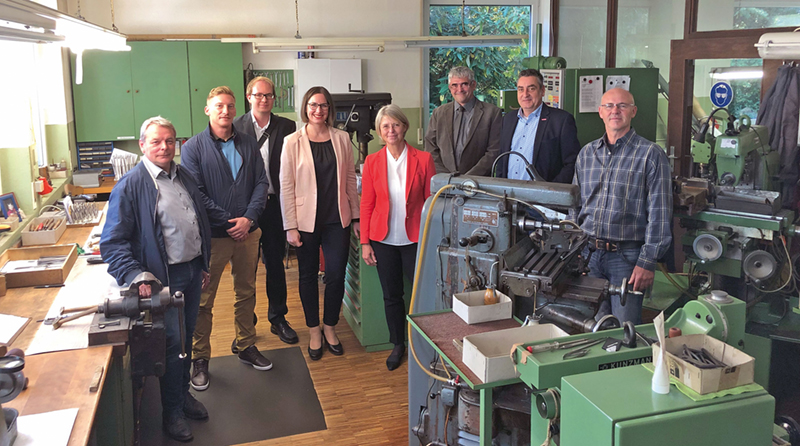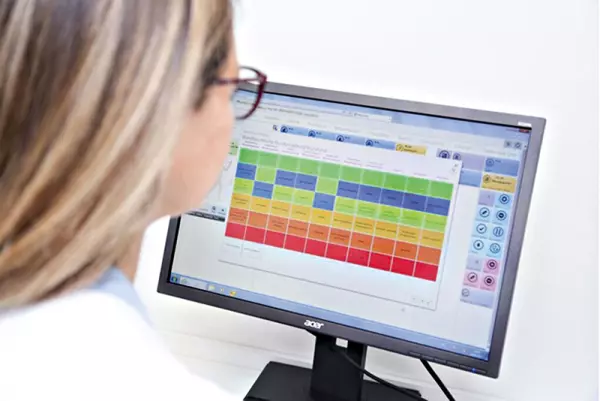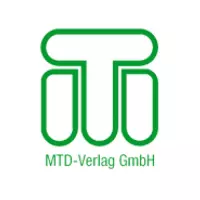
(12/2019) On May 26, 2020, the EU Regulation 2017/745 on medical devices will come into force. Therefore, legislative adjustments must be made at the national level. At the same time, the EU Regulation 2017/746 on in-vitro diagnostics comes into force. For this purpose, preliminary determinations will be made, but they will not come into effect until 2022.
The MPAnpG-EU essentially adopts the EU-wide requirements of the EU regulations in German law. Mainly the existing Medical Devices Act (MPG) and facts from other already existing regulations on medical devices such as the Medical Device Safety Ordinance (MPSV) will be transferred into a law for the implementation of Union regulations regarding medical devices - Medical Device Implementation Act (MDG). In addition, this law implements regulations from the Council of Europe Convention on Counterfeiting of Medicinal Products and Similar Crimes which Threaten Public Health (Medcrime Convention). A major change for Germany is the redesign of the distribution of competences between the federal government and the federal states, which is implicitly prescribed by the EU regulation, in particular for the arrangement and implementation of measures in the event of suspicious risk assessment by a "central" body. This central office also plays an important role in consultation with the relevant institutions in other EU countries or in the case of incorrect or fraudulent applications. The European database for medical devices (Eudamed) will become an information database and exchange platform for all EU countries in the course of the EU regulations. The competence of the competent higher federal authority in Germany, the Federal Institute for Drugs and Medical Devices (BfArM), will be significantly expanded and strengthened. So far, the BfArM has only had the task of risk assessment and makes recommendations to the competent authorities at the federal state level, which decide on the implementation of measures. It is now given the task of determining, implementing and monitoring the necessary measures itself in accordance with the risk assessment. The so-called national leeway that the EU regulations allow includes detailed specifications on the BfArM's procedures and an ethics committee to be set up, which, in addition to the BfArM's safety assessment, must carry out its own assessment as part of product testing and introduction, as well as regulations on clinical studies Medical devices within the scope of purely scientific studies without direct reference to product introduction and monitoring, which do not primarily fall under the EU regulation, are specified. Further examples are the definition of the languages in which documents are to be submitted in Germany and the qualifications of the directors or main examiners of the clinical studies. The law empowers the Federal Ministry of Health (BMG) to issue several ordinances if, for example, For example, there are more detailed requirements as to who can have access to the national databases or who will receive future product-identifying information (“Unique Device Identification”, UDI). The BMG is also authorized to issue special regulations tailored to the use of software as a medical product (e.g. medical apps). The following are subject to monitoring by the competent authorities, mostly at the state level: Companies and facilities in which products are manufactured, clinically tested, subjected to a performance study, adapted, packaged, exhibited, placed on the market, made available on the market, erected, operated, applied , or products that are intended to be used in a sterile or sterile manner. Source: AOK Medienservice
The MDR concerns of the small businesses in Tuttlingen
In addition to large companies such as Karl Storz and Aesculap, Tuttlingen, as the “world center of medical technology”, is primarily characterized by small craft businesses. These are under existential pressure from the EU Medical Device Regulation. Gabriele Reich-Gutjahr, economic policy spokeswoman for the Baden-Württemberg FDP parliamentary group, got an idea of this during a visit. An example of such a small but innovative company with fewer than ten employees is Manfred Hilzinger Chirurgische Instrumente e. K. "We don't have the resources to implement the extensive requirements on our own," explained Managing Director Detlef Schölzel. External know-how has to be bought at a high price. The already scarce staff is more and more concerned with documentation, while development and production, thus the livelihood of the company, are falling behind. Thomas Volzer from the State Guild of Surgery Mechanics sees the situation even more dramatically: “Quite a few are thinking of quitting.” That this lost technical know-how and inventive talent, but also tried-and-tested supply chains









